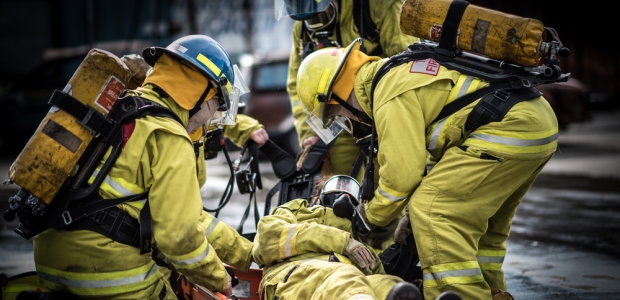
NIOSH Posts ERHMS User Guide
NIOSH worked with the U.S. National Response Team, federal agencies, state health departments, labor unions, and volunteer emergency responder groups to develop the ERHMS system, which provides guidelines for protecting emergency responders over a full range of emergency types and settings.
NIOSH on July 20 posted the ERHMS User Guide, a document to help emergency response agency leaders use the Emergency Responder Health Monitoring and Surveillance system, a framework designed to help protect emergency responders before, during, and after deployment in a response. NIOSH worked with the U.S. National Response Team, federal agencies, state health departments, labor unions, and volunteer emergency responder groups to develop the system, which provides guidelines for protecting emergency responders over a full range of emergency types and settings. It is intended for use by all who are involved in deployment and protection of emergency responders.
Concepts covered in the pre-deployment phase include rostering and credentialing of response and recovery workers, health screening for responders, health and safety training, data management and information security. Those in the deployment phase include on-site responder in-processing, health monitoring and surveillance, and more. The post-deployment phase concepts include post-event tracking of responders' health and after-action assessments.
The guide says the collapse of the World Trade Center towers in a terrorist attack and the subsequent health problems experienced by responders to that disaster illustrated the need for improved health monitoring and surveillance of emergency responders, which led to the system's development.
ERHMS Info Manager is a free software program to track and monitor responders' and recovery workers' activities before, during, and after a deployment, and the program allows organizations to implement the ERHMS framework.